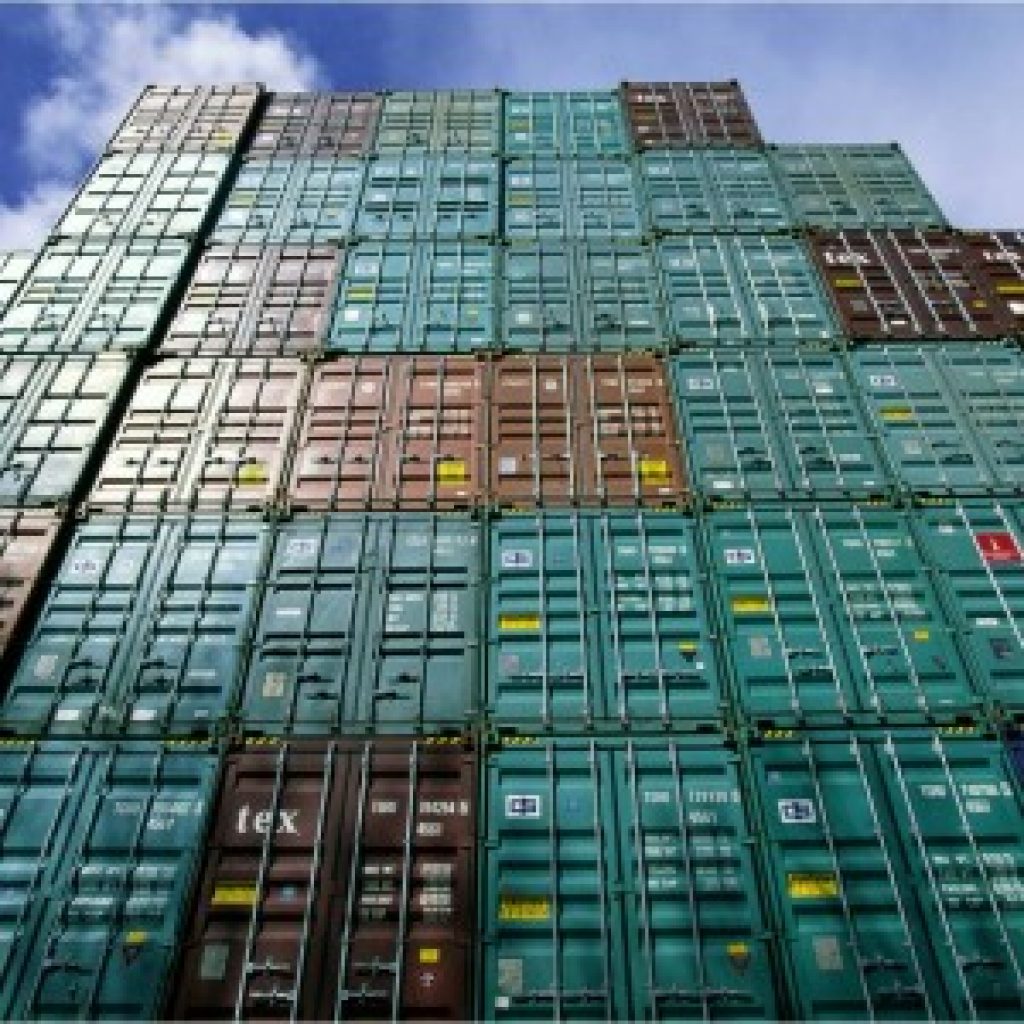Freight Rates, Volume, & Shutdowns
High Freight Rates
Headlines about soaring freight rates are still prevalent in international shipping. In fact, just yesterday (November 18th), Marine Link published an article by Roslan Khasawneh called Container Freight Rates Soar. The article highlights data from the Freightos Baltic Global Container Index (FBX), reporting “a weighted average of 12 major global container routes rose to $2,359 per forty-foot equivalent (FEU) container this week, the highest on record and up 30% since July 1.”

I’ve been writing posts in Universal Cargo’s blog since before Freightos even existed (Freightos was founded in 2012), so I’m not sure how far back the FBX goes, but still, the record is significant in showing how strong the international shipping market is in general right now. Freight rates around the world, on average, are still rising. Transpacific rates from China to the U.S. are, and I’m sure this doesn’t surprise anyone, even higher than the average.
Khasawneh points out that the 40 TEU container freight rate from China to the U.S. West Coast (USWC) is up 50% since July 1st. The China to USWC index freight rate number Khasawneh reported is very similar to what we saw earlier this month when we were examining freight rates and volume behavior. Khasawneh, using Freightos data, reports $3,878 per container from China to USWC right now compared to the Shanghai Containerized Freight Index (SCFI) showing $3,871 per container from China to USWC at the beginning of the month.
China to USWC rates have remained pretty stable like this since we hit October. These rates are down from record amounts surpassing $4,000 that the industry saw by the end of September. However, China to U.S. East Coast (USEC) have actually risen to a new record this week, according to the Marine Link article:
The cost to ship a container from China to the U.S. East Coast, a key global retail market, topped $4,750 this week, up 42% since July and a new record, according to Freightos data in Refinitiv Eikon.
High Cargo Volume
The drop we’ve been hoping to see in freight rates hasn’t come yet. Playing into the still high freight rates is the fact demand remains high for Asia to U.S. shipping. Volume was projected by the National Retail Federation (NRF) to come down this month and next. While I wrote in the aforementioned Universal Cargo post how I thought the drop the NRF projected for December to likely be a bit too much, I was with the NRF in expecting transpacific freight volume to reduce this month and next.

However, those who are regular readers of this blog may know I like to use Universal Cargo sales numbers as a barometer for the international shipping industry’s demand. Right now, Universal Cargo has over 10% more shipments with November ETAs than Universal Cargo helped shippers move in October. There will surely be shipments originally estimated as end of November cargo moves that will actually be December shipments, but it certainly does not look like we are seeing any significant volume drop in the month and could easily be looking at a stronger November than October in terms of cargo volume.
If Universal Cargo’s numbers are an indicator of larger industry numbers, as they tend to be, that would explain why freight rates have remained steady so far this month and even increased a bit for USEC.
Threat of More Lockdowns
In some Democrat-led states, lockdowns are being reinstated. How that will affect international shipping moving forward is complicated but generally not good. Lockdowns earlier in the year resulted in expectations of much lower shipping demand than what actually happened. Buying did not really go down during the lockdowns, it just moved online. In fact, people leaving home less meant less money being spent on things like entertainment and gas and many people buying more things for and, of course, from their homes with online shopping. That resulted in carriers having to send a lot of smaller, faster ships to deliver goods amidst all the blank (cancelled) sailing they were doing. Shutdowns likely keep online shopping surging.

On the other hand, some small businesses can’t survive lockdowns. Businesses’ whose doors are forced closed will slow or stop the importing they would do while employees and owners’ personal spending likely will slow with the loss of work. Stimulus checks and increased unemployment from the government earlier this year kept many people who weren’t working shopping, but it’s yet to be seen what further stimulus might come from the government, not to mention trillion dollar stimulus plans are in no way maintainable.
Longterm results of lockdowns are yet to be seen, but it is hard to imagine such results are good. We’ve been in a period of cargo volume bouncing back big time as businesses have been reopening their doors. Closing them again may not result in a similar rebound. They are also increasingly difficult for people to accept, especially when governors imposing COVID restrictions, along with their healthcare advisors and lobbyists, often don’t follow the restrictions themselves.




